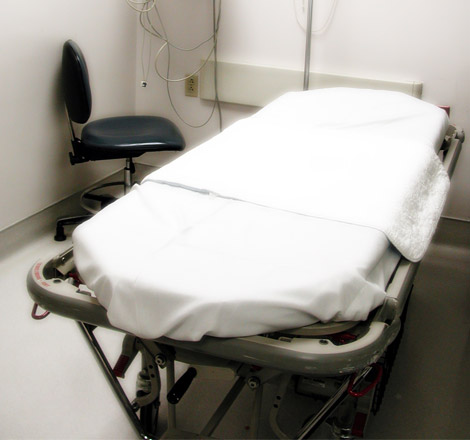Reducing the impact of workload on hospital revenue
Hospitals may be able to increase their revenues by simply improving the quality of the claims they submit on busy days. Dr. Adam Powell and his colleagues found evidence that when hospitals are busy, they make less revenue per inpatient, all else being equal. Patients who were discharged on days when their provider was monitoring or discharging larger numbers of patients generated less revenue than did patients who were discharged on less busy days. While examining the data, they found that the quality of claims from frequently seen conditions was less affected by workload than was the quality of claims from infrequently seen conditions, as experience helped mitigate the impact of busyness. As a result, it is possible to create a claims quality initiative that examines only a very small subset of claims, instead of every claim, and while still driving strong financial results.
To ensure that their results were not dependent on patient scheduling decisions, Dr. Powell and his colleagues explored data from a trauma department, as patients are admitted to trauma departments without prior appointments. In the trauma department that they examined, they found that poor claim quality during times of high workload was reducing the department’s revenue by 1%. They then used statistical techniques to isolate the cases in which high workload was having the greatest impact on claim quality and found that the department might be able to increase its revenue by up to $450,000 per year by reexamining only 60 claims per year—a benefit of $7,500 per claim reexamined. While a more holistic claim quality initiative could increase the department’s revenue by $700,000, the benefit per claim reexamined would only be around $1,000. Dr. Powell created a series of seven business rules that providers in the department can use to identify the claims most likely to be affected by workload. That way, providers can set those aside, reexamine them on a less busy day, and improve the quality of the claims. Although such techniques can be applied with the greatest precision in the trauma department because of its lack of scheduling, they can also potentially be applied to other departments to lessen the revenue loss due to high workload.
To learn more about this finding, see our recent article in London Business School Business Strategy Review. A more technical paper on this research is forthcoming in the journal Manufacturing & Service Operations Management.
Payer+Provider’s TraumaQi solution enables hospitals to benefit from these findings. Using an algorithm trained on prior claims, TraumaQi flags future claims that would benefit from a quality review. Using TraumaQi, trauma centers can receive a greater portion of the revenue that they deserve without substantial extra effort.

